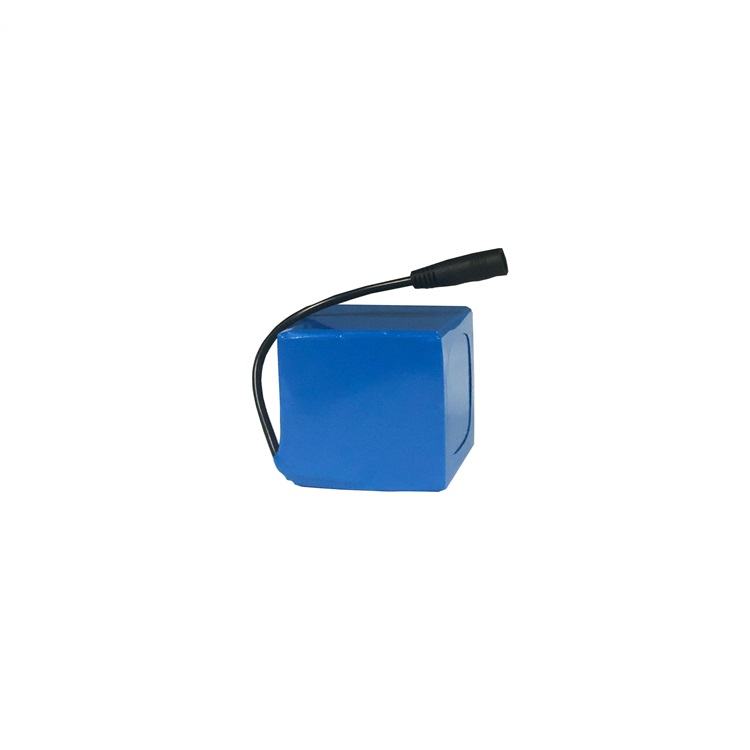1. Lithium battery buck-boost test
First, let the lithium battery drop to 3.3V through the step-down chip, and then supply power to the microcontroller and the Bluetooth module, and plan to raise it to 7V to carry a load.
Result: The Bluetooth module does not work and cannot be searched. Remove the Bluetooth, the microcontroller and the load work normally. When the single-chip microcomputer is removed, the Bluetooth and the load work normally. When the voltage drop is not used, when a group of power is supplied separately, all three work normally.
2. Lithium battery step-up and step-down issues
Lithium-ion batteries have a certain range of cell voltage. For example, the normal working voltage range of lithium phosphate batteries is 2.5V-3.65V, and the normal working voltage range of lithium manganate and ternary batteries is 3V-4.2V.
In the application of lithium-ion batteries, when the total voltage is 60V and below, a battery protection board is required. Above 60V, a battery management system (BMS) is required. The role of these two devices is to protect the battery from working properly.
Note that after the number of strings of the battery pack is determined, the voltage of the battery pack cannot be adjusted arbitrarily. That is, the voltage change of the battery pack can only change within the normal working voltage range: when charging, it rises from the lower limit of the voltage to the upper limit of the voltage. When using electricity, it drops from the upper limit of the voltage to the lower limit of the voltage.


